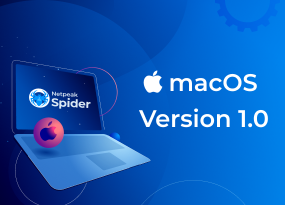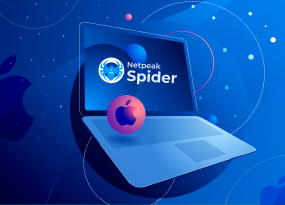Netpeak Spider 3.8: Keywords from Yandex.Metrica and 17 New Issues
Updates
We can't imagine our life in Netpeak Software without regular updates and releases, and to our humble opinion – it's incredible! During the last months, we satisfied Netpeak Checker users and released 3.2.1, 3.3, and 3.3.1 versions. Now it's time to get back to Netpeak Spider: this time, we implemented the export of keywords from Yandex.Metrica, and 17 (!) new issues.
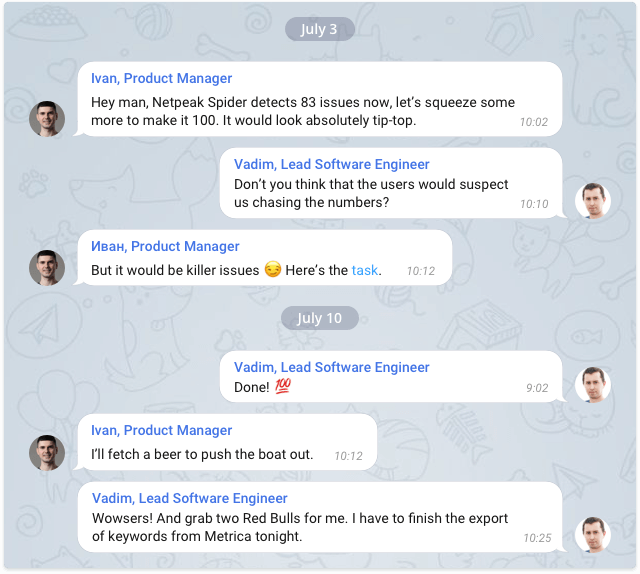
To save time down the road, jump to the section of your liking to find out the results of this venture:
- 1. Export of Keywords from Yandex.Metrica (Pro Plan)
- 2. +3 Parameters and 17 New Issues
- Perks for You
- In a Nutshell
1. Export of Keywords from Yandex.Metrica (Pro Plan)
Since the Netpeak Spider 3.6 release, you could use a PROfessional feature – export of queries from Google Search Console. In this release, we added export of keywords from Yandex.Metrica to the array of integrations.
This unique PRO feature allows you to get insights for medium or large websites that primarily rank for high-frequency keywords since Yandex.Metrica doesn't provide data on the keywords that were followed by less than 10 users.
1.1. How to Get the Most Out Of This Feature
Export of keywords from Yandex.Metrica allows you to:
- Export and analyze keywords that already receive some traffic.
- Create new unique meta tags and optimize existing ones: for instance, you can target keywords with the highest conversion rates according to Yandex.Metrica.
- Detect optimization gaps and growth opportunity points in the project: to do so, it's enough to filter search queries according to target metrics (for instance, page depth).
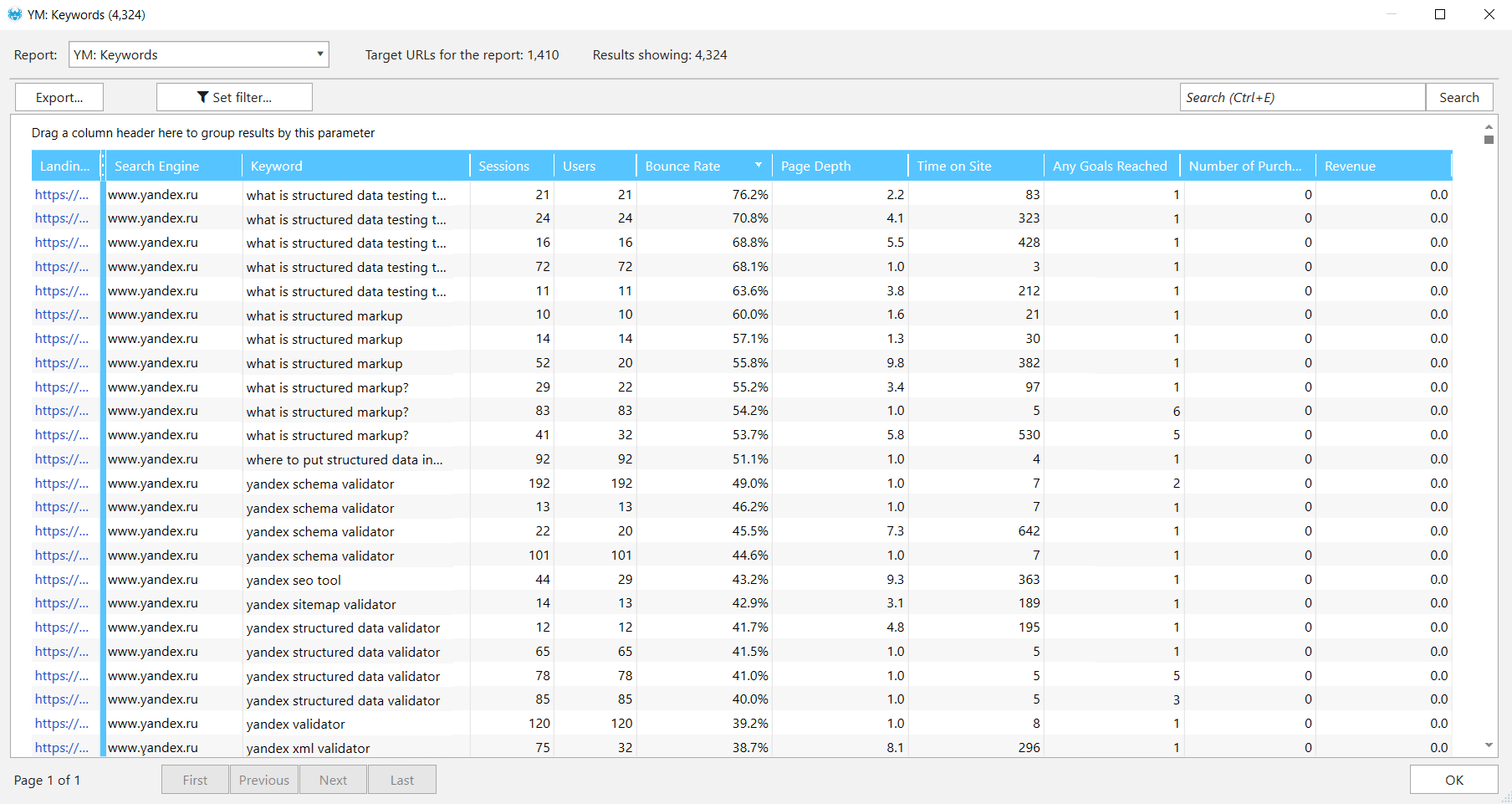
1.2. What We Added
- 'Export of keywords from Yandex.Metrica' section on the 'Yandex.Metrica' tab of the crawling settings.
- 'YM: Keywords' parameter in the 'Yandex.Metrica' group in a sidebar.
- Internal table which allows approaching the data using grouping, sorting, and filtering.
- XL report 'Keywords from Yandex.Metrica (XL)' in the 'Export' menu.
- 'YM: keywords' item in the main table context menu.

If you’re using a Standard license and were long thirsty for this feature in order to switch to the Pro plan – now is the time to do so 😉
P.S. We have a gut feeling that you might ask us about the export of keywords from Yandex.Webmaster. We know that it would be dope, but their API impedes the quality integration.
2. +3 Parameters and 17 New Issues
We expanded the parameters and issues lineup with new models, which will be trendy not only this season but forever 😎 Nestle yourself comfortably, the show must begin!
You can check the website for 100 issues and work with other basic features in the free version of Netpeak Spider crawler that is not limited by the term of use and the number of analyzed URLs.
To get access to free Netpeak Spider, you just need to sign up, download, and launch the program 😉
Sign Up and Download Freemium Version of Netpeak Spider
P.S. Right after signup, you'll also have the opportunity to try all paid functionality and then compare all our plans and pick the most suitable for you.
2.1. New Parameters in the ‘Content’ Group in a Sidebar
- Contains Lorem ipsum. Indicates whether a page contains the 'Lorem ipsum' phrase. More on it below (section 2.2).
- Contains Flash. Indicates whether the page includes the outdated Flash technology elements.
- Iframe count. Unlike the previous two, this parameter in Netpeak Spider doesn’t have corresponding issues. We implemented it so that it’s easier for SEOs to check the <iframe> tags on the page.
2.2. Errors
- Contains Lorem ipsum. It happens when developers forget to delete a commonly used 'plug' after the website moving or after the release of new landing pages. Such pages with bare bones will be easily detected now.
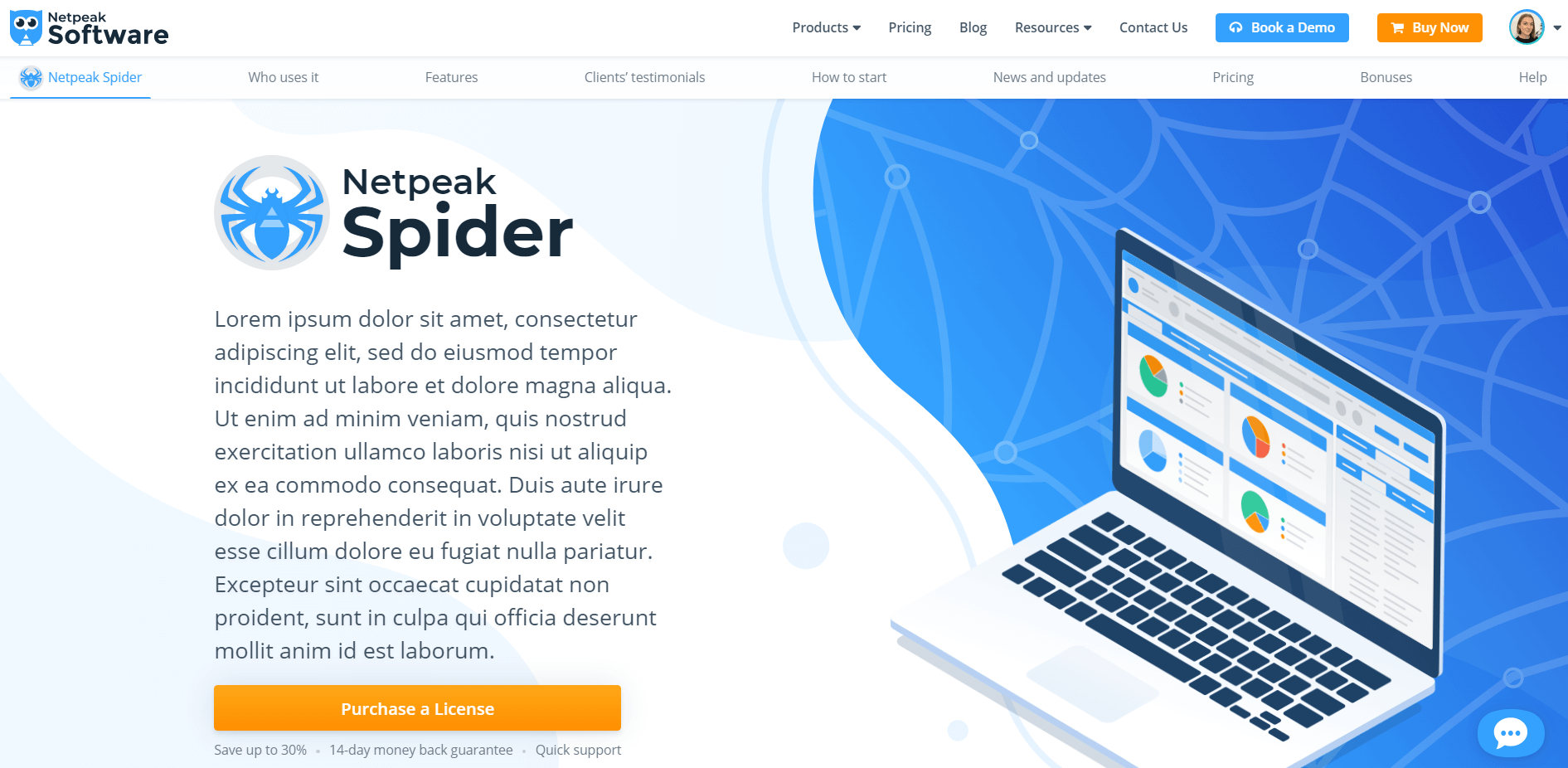
- Contains flash. Flash is an outdated and hazardous technology that impedes SEO opportunities for the website. Speaking about Google, it ignores flash content on web pages. What is more, many browsers block it by default, and soon they'll cease to support it at all.
- Links to localhost. This issue will help find the pages with links to 127.0.0.1 and localhost addresses, which are frequently used during website development. In case they're not changed, a page will demonstrate an error page instead of the desired content. Such links are considered broken and should be immediately mended so that the website doesn't lose an engaged audience.
2.3. Warnings
- HTTPS → HTTP hyperlinks. The most frequent setting on the websites is an HTTP → HTTPS redirect. If the opposite situation occurs, such redirects should be fixed. Otherwise, you're at risk to leap into the redirect loop 😨
- HTTPS → HTTP hyperlinks. Sometimes, such links are formed when the whole website moves to HTTPS. Check if everything is okay, and you don't link to an internal page with insecure protocol from the page with a secure one.
- Mixed content. This issue occurs when pages with HTTP protocol use JavaScript, CSS, or IMG with HTTP protocol to display content. In this case, a user can see a warning about insecurity and leave a page.
- Compliant AMP pages. If an AMP page has a desktop version, a canonical instruction should be set to this version. Only when such a page is independent, this issue is irrelevant (that is a rare case).
- Same title and description. It often happens when the content is generated automatically on the website. It’s a missed optimization opportunity – it’s better to fill in the tags with relevant keywords and attracting content.
- Query contains question mark. A warning will show a URL that contains incorrect GET-parameters: they are separated by a question mark, though an ampersand (&) is required. It might be just a tiny character, but it can cause duplicates, and, what is worse, incorrect collecting of analytic data.
Wrong:
mysite.ru/?utm_source=MySite?utm_medium=email
Right:
mysite.ru/?utm_source=MySite&utm_medium=email
- URLs with UTM parameters. Internal URLs shouldn’t contain UTM marks because it poses analytic system threats: if you follow such URL, a new session starts in the web-analytic system. Along with that, you can check if a canonical URL is set to the URL without UTM marks.

2.4. Notices
- Hyperlinks with empty anchor text. Find these URLs and add an anchor text with relevant keywords to polish content optimization.
- Self-referencing hyperlinks. This issue helps detect pages that refer to themselves. In some cases, they impair the UX because it can confuse website users. That's why it's better to get rid of them: for example, in the links from the last breadcrumb element, or the current pagination page, or the text of the article.
- Emojis or special characters in title. Emoji symbols or other special characters are displayed in various browsers and devices in different ways, or even not supported. Netpeak Spider will help find such tacky title tags – and you can take another hard look at them to check whether they look too spammy or not.

- Emojis or special characters in title. This issue is similar to the previous one. But this time, you check meta descriptions.
- URLs with unwanted special characters. Some special characters (,_$@* and other) are not recommended to use in the target page addresses. Usually, this misstep happens due to a typo in URL or an underscore instead of hyphen that is used to separate words in URL. That may look unattractive for users. But don't bother too much about non-essential URLs.
- URLs with wrong hyphenation. In most cases, such URLs are generated automatically due to transliteration when punctuation or other characters are replaced with hyphens. Once these links are fixed, don't forget to set a redirect from the old address to the new one.
- URLs with uppercase characters. They may become a reason for duplicate pages. Make sure you set a correct redirect to such web page addresses from URLs with lowercase letters.
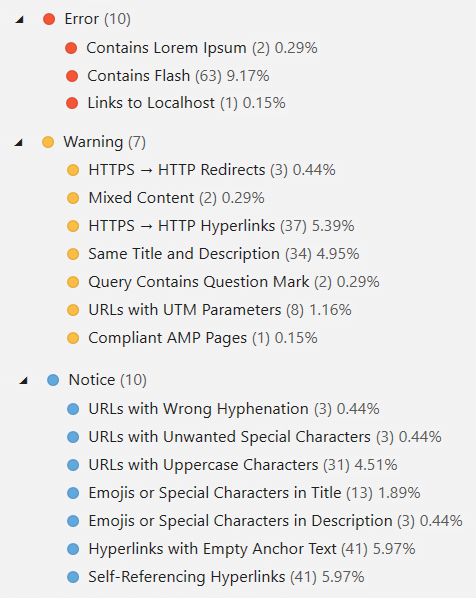
For some issues, we prepared new special reports on the 'Export' tab.
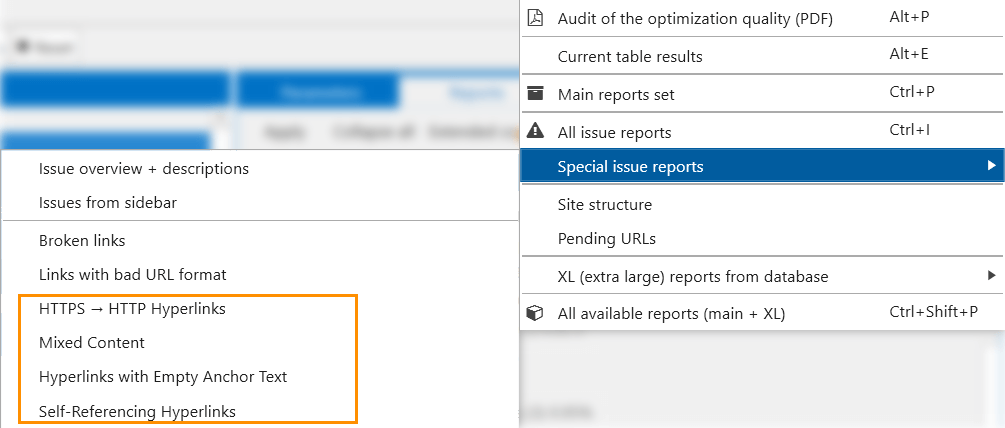
Perks for You
Free Trial
We prepared a special promo code, Netpeak-Spider-3-8, for all our users eager to try out this update. Just enter it in your User Control Panel – and you'll be granted full access to all features (including Pro) in the program until August 14 inclusive. It’s as simple as that. Hit the button to apply the promo code.
Sign Up for Webinar
Our specialists are already fully armed with cases and answers to the most frequently asked questions concerning the update. Sign up for webinar, hoard popcorn and enjoy watching – the guys will explain all the inside-outs of the new features and beyond.
In a Nutshell
In the new Netpeak Spider 3.8. we implemented:
- Export of keywords from Yandex.Metrica (Pro plan) → now when you get bored of looking for insights in Google Search Console, you can always switch to Metrica 😁
- 3 parameters and 17 new issues → you can do website audit and check 💯 issues.
But if you feel like a hundred checks is hardly enough, leave in the comments what other issues, parameters, and features you expect to see in Netpeak Spider. And when there's a comment, a like should follow 😜

